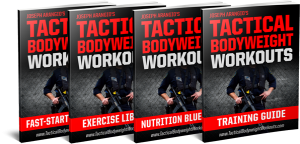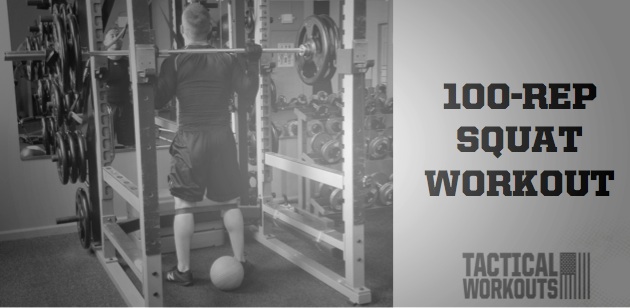The classic barbell squat is quite possibly the greatest all-around exercise, targeting your quadriceps, hamstrings, and glutes, as well as the rest of your body. But you must use a full range of motion to reap the muscle-building benefits, according to Doug Briggs, Ph.D., C.S.C.S., director of the U.S. Army’s Mission Essential Fitness program at Fort Bliss, Texas. “Studies on squatting injuries do not confirm the suggestion that deep squats are necessarily more risky than half squats,” says Briggs.
Another sneaky way to boost the effectiveness of the squat is to increase your repetitions beyond the typical 5-to-10-rep range. A study in the Journal of Applied Physiology, suggests that muscle may grow when you push lighter weights to failure. “The 20-rep squat protocol has packed more mass on lifter’s thighs than just about any program out there,” says Bret Contreras, a strength and conditioning coach. High-repetition, appropriately named, “breathing” squats jack up your heart rate and boost metabolism so you’ll burn fat too.
Squatting to move maximal weight from Point A to Point B is quite different than squatting for big legs. These technique tips are designed to keep your muscles under tension for longer, which helps build herculean thighs.
To reduce the chance of injury use an adjustable squat rack, like Power Lift’s Multi Rack. Its lateral safety pins are designed to catch the barbell in case you fail. Added bonus: You can lift securely without a spotter.
MASTER THE BARBELL SQUAT
STEP 1: Set the barbell in a rack, at chest height, with the safety-spot bars adjusted about three inches below the lowest point of your squat. Grab the bar with your hands spaced evenly, as close to shoulder-width as possible. Duck under and center the bar across the natural shelf created by your shoulder blades. Squeeze the bar with your hands, flex your lats, and push your chest up. Drive your elbows downward until they are pointed at the ground.
STEP 2: Take a breath, brace your abs (like you’re preparing for a gut punch), and hold as you lift the bar off the rack. Step backward and set your feet shoulder-width apart with your toes turned outward. Take another breath and brace your midsection. Keeping your chest up and your lower back arched, drive your hips back to lower your body until your thighs are below parallel to the ground, or as far as you can go.
STEP 3: When you reach the bottom, press your heels into the ground and reverse the movement back to the start. Repeat for the recommended number of reps.
4-WEEK WORKOUT
Do this training program, twice per week, on Mondays and Thursdays, for the next 28 days. In the first week (the “learning” week), take it easy. Use no more than 95 pounds; otherwise you’ll be crippled with soreness. Rest 45 seconds between sets of squats. Perform exercises “2A” and “2B” with 45-seconds rest after you’ve completed each back-to-back move.
1A. Barbell Squat
4 sets x 30, 30, 20, 20 reps
Drive your hips back and squat down until your thighs are parallel to the floor. Pause and return to the start.
2A. Barbell Romanian Deadlift
2 sets x 10 reps
Place a loaded barbell, set at mid-thigh height, in the rack. Grab the bar with a shoulder-width grip and step back. Brace your abs and drive your hips back until your trunk is nearly parallel to the floor. Squeeze your glutes and push your hips forward to return to the start.
2B. Barbell Hip Thrust
2 sets x 10 reps
Sit on the floor and rest your back on a bench positioned parallel to the bar. Roll a loaded barbell up your thighs, so the bar sits on your hips. Squeeze your glutes and drive your heels into the floor to lift the barbell. Maintain a straight line through your shoulders, hips, and knees. Return to the start and repeat.
REFERENCES:
Mitchell CJ, Churchward-Venne TA, West DW, et al. Resistance exercise load does not determine training-mediated hypertrophic gains in young men. J Appl Physiol 2012; 113: 71-77.
 Build Tactical Strength with the Ultimate Tactical Bodyweight Exercise Training Program... Over 100 Exercises. No Gym Required
Build Tactical Strength with the Ultimate Tactical Bodyweight Exercise Training Program... Over 100 Exercises. No Gym Required
Tactical Bodyweight Workouts is based on the teachings of tactical strength and conditioning coach, Joseph Arangio, MS, CSCS.
